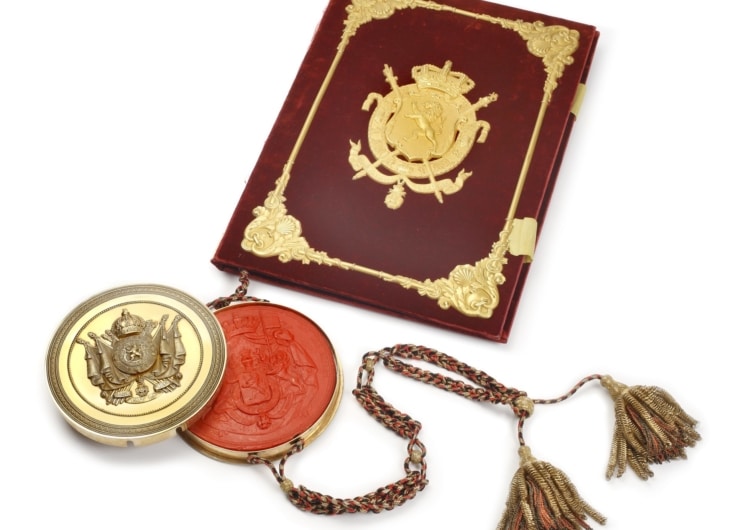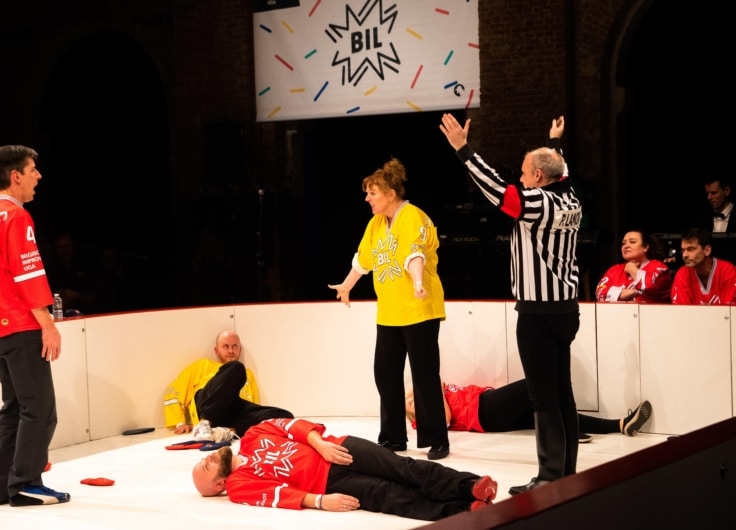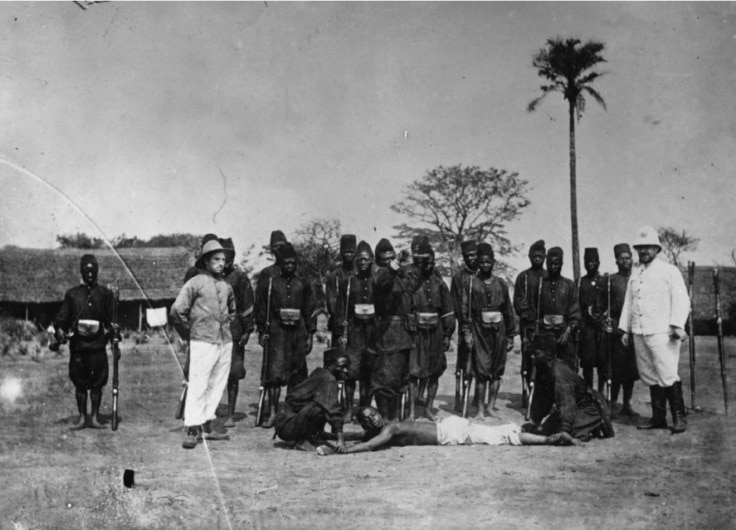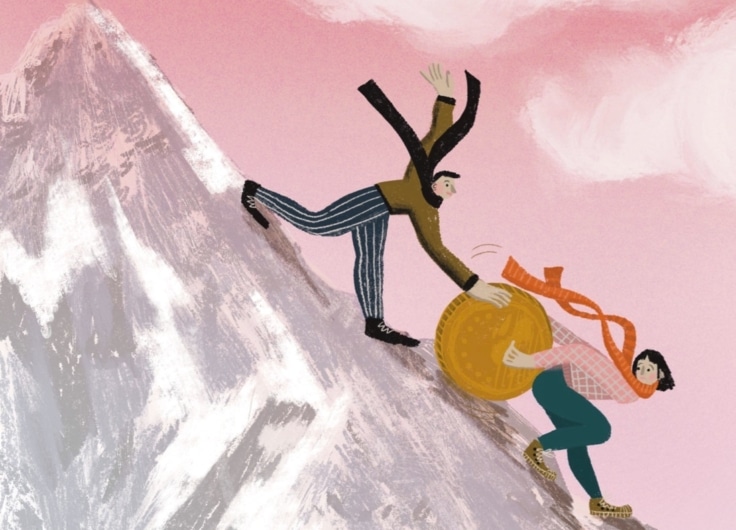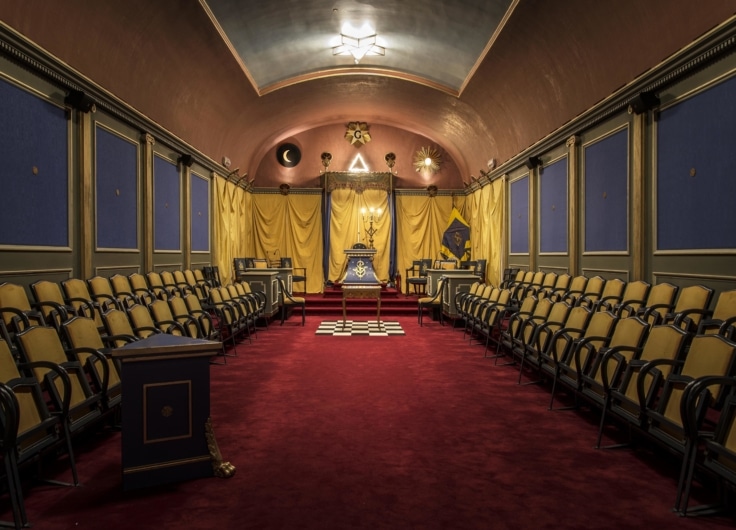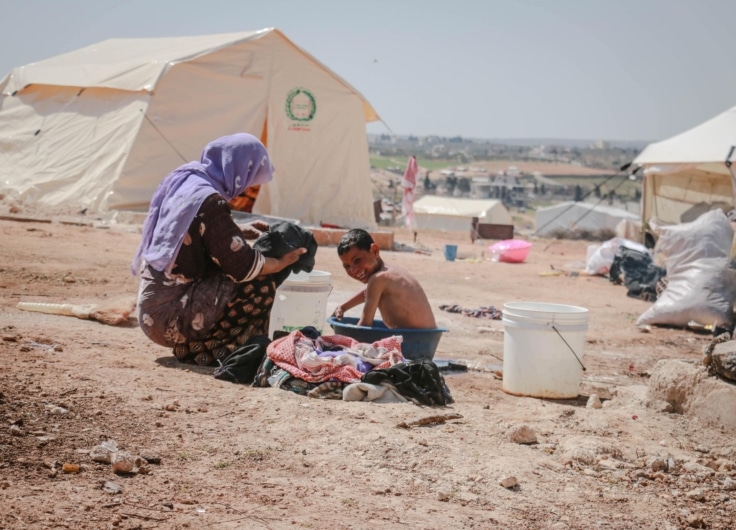How Belgium and the Netherlands Sell Themselves
DISCLAIMER: This article was written before the fourth Rutte cabinet collapsed on 7 July 2023 and incumbent prime minister Mark Rutte announced that he would retire from politics and would not lead his party VVD into the early general elections that were held on 22 November 2023.
Innovation, partnership and knowledge. The Netherlands and Belgium use identical jargon to entice international business. But, although these neighbouring countries have regularly joined forces in recent years, there are still notable differences in culture and style. They have to navigate between diverse interests and competences too. After all, cities and regions also want to put themselves on the map. ‘Do you know us?’
With ‘Embracing Openness’ Prime Minister Alexander De Croo (Open Vld) launched a new campaign this May to promote Belgium abroad. Instead of the familiar clichés – beer, chocolate, Eddy Merckx – the prime minister wants to use other key assets to sell Belgium. The new country branding strategy is directed at foreign investors and researchers, and will focus on openness, innovation, cooperation and diversity. In the accompanying promotional clip, marketers turn the spotlight on the Pfizer plant in Puurs, where BioNTech’s coronavirus vaccines roll off the production line. The Leuven-based research institute Imec gets a prominent role, too, as a European producer of microchips. In addition, the country wants to establish itself as the European leader in offshore wind energy.
At the professional federation Fevia, which represents the food industry, they nearly choked on their coffee when they saw the promotional campaign. Obviously, it is quite right that the economy’s other assets receive attention, says spokesman Nicholas Courant. But they are ‘very surprised’ that there is not a word about an undisputed heavyweight in the Belgian export industry. ‘In terms of turnover as well as export and added value, the food industry has a significant share of the market. To completely sideline it is startling.’
Instead of the familiar clichés – beer, chocolate, Eddy Merckx – the Belgian prime minister wants to use other key assets to sell Belgium
These particular Belgian assets have indeed been prominent for a long time. More recently, our country has constantly played the ‘Small country, great food’ card. Belgian star chefs, chocolatiers and beer sommeliers have made regular appearances during official trade missions. Guests were treated to Belgian classics such as stew with fries, tomatoes stuffed with shrimps and Ghent waterzooi, a sort of chicken or fish stew. Anything to get a share of the fast-growing middle-class market in the countries that are to be conquered.
Tulips and letters
Equally startling is that the Belgian government’s marketing team seem to have leafed through the same dictionary as their northern neighbours. Because, on their international missions, the Netherlands also plays the cards of openness and above average innovation, and they too look for partnerships. In January 2020 the new International Positioning Strategy came into effect, whereby ‘the Netherlands’ was embraced as the official name (Holland is taboo) and ‘solving global challenges’ was put forward as the philosophy.
‘Dutch solutions for global challenges’, says Peter Sonneveld, senior spokesperson at the Netherlands Enterprise Agency (RVO). The message is that there are countless Dutch companies, institutions of knowledge and civil society organisations that can contribute to solutions. For example, the Dutch have knowledge and skills in building dikes, developing drought-resistant seeds and breeding insects to reduce food insecurity.
Ingrid de Beer, from the Ministry of Foreign Affairs says, ‘The strategy came in response to demand from employers. They wanted distinctive positioning in the geopolitical and economic landscape. Around thirty experts were involved in drawing up the Netherlands’ specialities and values.’

With the new positioning strategy came a new logo. The most recent logo combines two symbols, NL and a stylised orange tulip. The then minister for foreign trade, Sigrid Kaag (D66), justified the 200,000 euros it cost – as follows, ‘It’s a very small, modest investment in our image. Because it’s all about the impression you make.’
‘Belgium. Embracing Openness’ is estimated at one million euros a year, for a banner at the airport, a stand at the World Economic Forum in Davos, merchandising on trade missions and advertisements in foreign newspapers. The campaign was illustrated with a slightly obese-looking letter ‘B’ with a Belgian tricolour flourish.
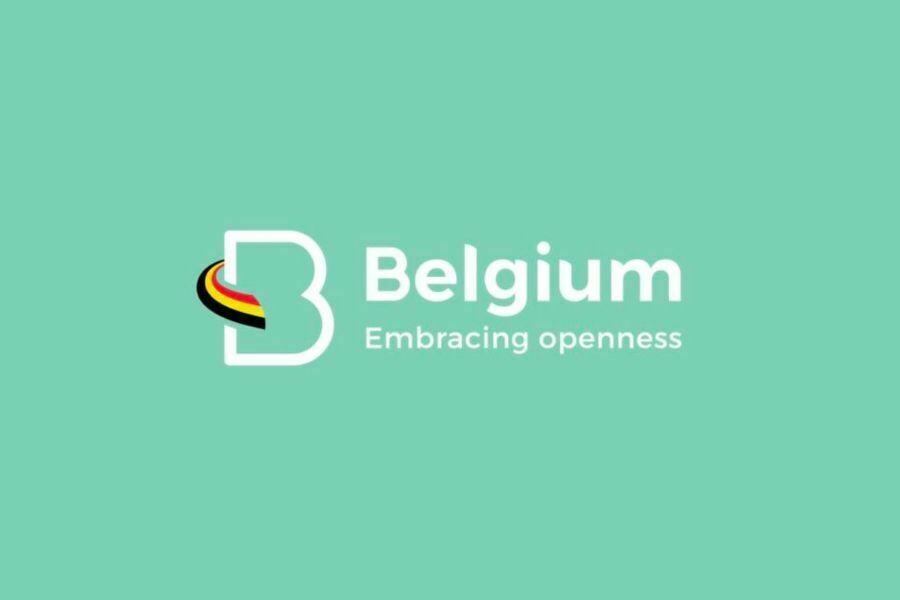
Like, say, Germany or the United Kingdom, the Netherlands is a strong brand in itself, says a managing consultant who monitors international business investments. ‘Countries like those also often have a few large multinationals that promote and support the national brand internationally.’ In other words, as Ingrid de Beer says, ‘We may be small in area, but our ambition is big.’
Complexity
Compared to the Netherlands, Belgium has several specific challenges. The complexity of the state structure, for example, can be tricky for the country. ‘The running joke in embassies worldwide is that, if you understand the structure of Belgium, it probably hasn’t been explained properly’, smiles Petra Van Bouwelen, international business development manager at Voka, Flanders’ business network.
Until the 1988 state reform, foreign trade was a reassuringly simple business. The Belgian Foreign Trade Service was the only government agency tasked with smoothing the way for Belgian companies wanting to export. In 1990, however, the Walloon export and foreign investment agency AWEX was set up. The Flemish equivalent, now called FIT (Flanders Investment and Trade) was created in 1991, and the same year saw the creation of Brussels Invest & Export, now hub.brussels.
The result is that the Flemish, Brussels and Walloon regions can now each pursue their own policy for foreign trade promotion, while at the same time, the federal Foreign Trade Agency (ABH/ACE) can still develop its own initiatives. The federal agency therefore continues to be an important player in Belgian economic diplomacy. Among other things, the ABH/ACE is involved in the organisation of the Belgian economic missions led by Princess Astrid. The federal level is also responsible for the accompanying economic policy, and – certainly important at the international level – taxation.
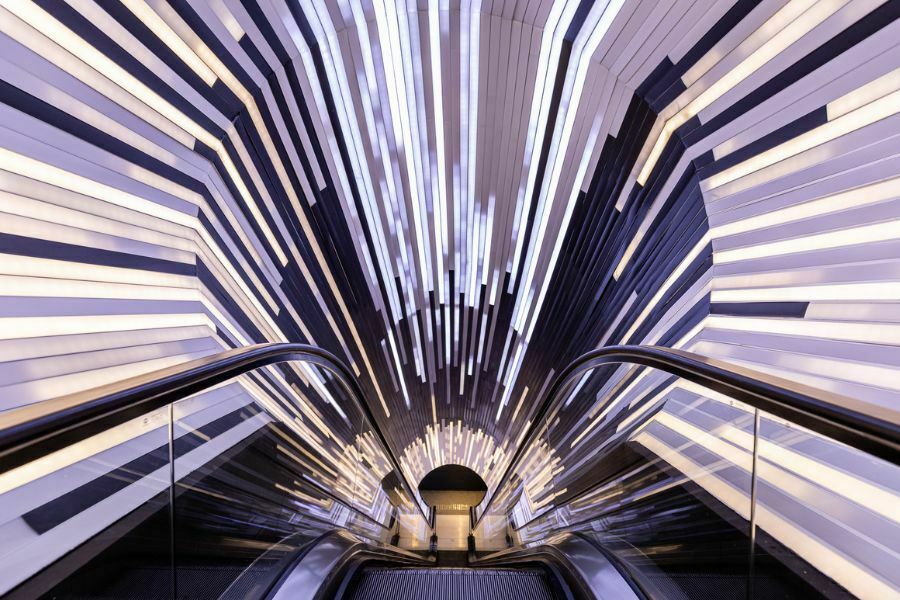 In The Green Arch, the Belgian pavilion at Expo 2020 in Dubai, which was open from 1 October 2021 to 31 March 2022. The building is supposed to stand for the dynamism and individuality of federal Belgium and its Regions.
In The Green Arch, the Belgian pavilion at Expo 2020 in Dubai, which was open from 1 October 2021 to 31 March 2022. The building is supposed to stand for the dynamism and individuality of federal Belgium and its Regions.Building Assar architects and Vincent Callebaut Architectures, photo Nizar Bredan
‘However, since the competence for economic expansion policy lies at the regional level, the Flemish government is the body that leads and coordinates this policy for Flanders’, says FIT’s Pascal Walrave. ‘It is therefore up to the regional government to define its priorities, decide where the emphases will be and conduct its promotion. Having developed its own strategy, the region can then, if it wishes, ask for support at the federal level or look at whether there are common elements, so that it can promote its own assets with the other regions at the international level. Sometimes this happens completely alone, sometimes in cooperation with others, depending on the goals and complementarity of the different elements. And sometimes the regions compete with each other on certain aspects.’
'Do you know us?'
It should be said, the federal and regional levels work well together these days. The time when there were major frictions seems to be over. It was once different, especially in the early years after the division of competences. In practice, the federal and regional services often got on each other’s nerves and in each other’s way with their respective economic missions. Today, however, regional representatives at Belgian consulates are able to plug into federal networks. And the photocopiers and parking spaces are shared fairly, not wilfully kept out of reach of federal diplomats or regional trade attachés, as they used to be.
Nonetheless, it is still a tricky balancing act if you have to capture the complexity of Belgium in one module. The content of the Belgian pavilion at the World Expo in Dubai in 2022 continued to reverberate for a long time. The mix of monumental clichés led to much criticism and even parliamentary questions. Because each region made a contribution, you got a mixture of Belgian comic book characters Jommeke and Marsipulami, cyclist Eddy Merckx and astronaut Frank De Winne, the Atomium balls and the bicycle with which Victor Campenaerts broke the world record for the longest distance cycled in one hour. The consensus was clear, an evaluation had to be made and it had to be better next time. ‘We missed a lot of opportunities there’, says Petra Van Bouwelen. The chance to come out as one strong brand.
Pascal Smet, then Brussels Secretary of State for International Affairs, was annoyed by the ‘childishness of the presentations’, while Flemish Minister-President Jan Jambon (N-VA) floated the idea that Flanders should build its own pavilion. But there was a hard awakening for Jambon. ‘Do you know us? Do you know Flanders?’ That was how the Flemish Minister-President opened many discussions during his mission to Dubai. And then there was often silence. ‘Other countries are just not interested in all the different regions and competencees’, says Petra Van Bouwelen. ‘We’re already such a small country, my personal opinion is that we should showcase our assets together.’
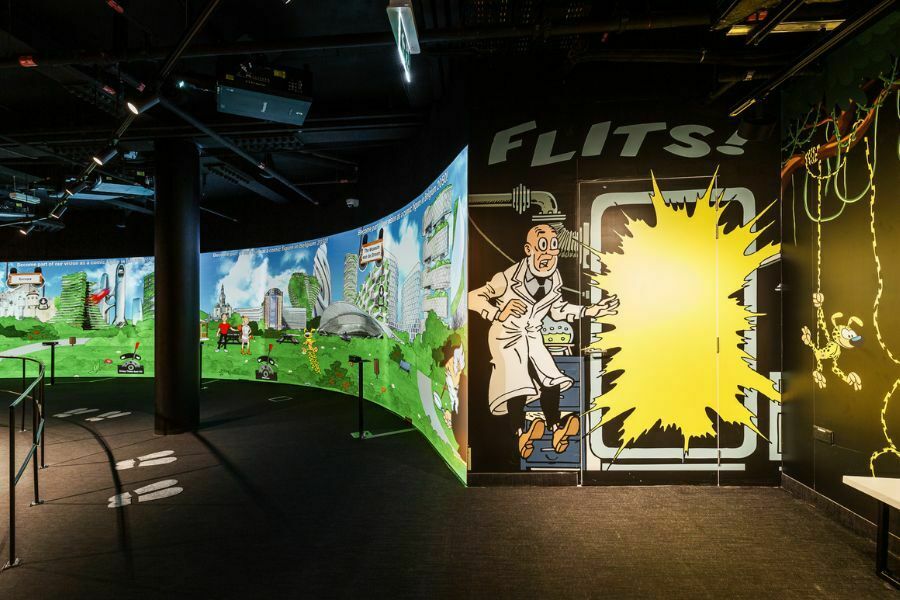 Professor Barabas in the Belgian pavilion at Expo 2020 in Dubai
Professor Barabas in the Belgian pavilion at Expo 2020 in Dubai© Nizar Bredan
Ingrid de Beer has not forgotten the Belgian pavilion in Dubai either. ‘The challenges did become clear’, smiles this Dutch government employee. ‘I’m not making any statements about it, because the Netherlands has its issues too. Some of our big cities, like Amsterdam and Rotterdam, also want to appear under their own flag. While The Hague wants to position itself as a political concept like Geneva or New York. Believe me, that requires the necessary containment as well’, laughs De Beer.
Crowned heads
There is a lot of discussion in both countries about the role of the royal family on international trade missions. In Belgium, the role of royal trade ambassador alternates between King Philippe and Princess Astrid. In the Netherlands, King Willem-Alexander likes to get out on the road. Royal blood opens doors and leads, in the end, to more trade. Or so it is always claimed. Petra Van Bouwelen agrees, ‘In countries like Morocco or Saudi Arabia certainly, people are very sensitive to it. You get into places you wouldn’t otherwise get access to. Big companies like Microsoft or Bombardier also receive delegations more readily if a crowned head is with them.’ Ingrid de Beer calls King Willem-Alexander and Queen Maxima ‘influencers’. ‘They attract media and strengthen international ties. Yes, that is in the interest of the Netherlands.’
‘The king or queen may open doors, especially in countries that are sensitive to royalty. But that doesn’t bring in orders'
But a study by Mark Dijkstra (University of Amsterdam) and Bastiaan Overvest (Bureau for Economic Policy Analysis) shows otherwise. Their analysis of the export figures of 130 countries shows that the 29 monarchies – countries with a royal family, empires and sultanates – do not export more than republics. Huub Ruël, lecturer in international business, reached the same conclusion. Trade missions rarely rise above the level of ‘inspiring, pleasant trips’. Likewise, Ruël says that there is no empirical proof that trade missions with someone from the royal family or a minister are more successful than missions without dignitaries. ‘The king or queen may open doors, especially in countries that are sensitive to royalty, like China for example. But that doesn’t bring in orders. The rule for that is “business is business”.’
Joining forces
We saw a sample of this sort of inspiring, pleasant trip at the end of June. King Willem-Alexander and his consort made an official state visit to Belgium, where they were shown around for two days by King Philippe and Queen Mathilde. Around a hundred and eighty Dutch companies followed in their wake, adding an economic mission with the theme of climate technology to the state visit. The aim of this mission was ‘to strengthen cooperation and knowledge exchange between Belgium and the Netherlands with a view to a sustainable future’.
Belgium and the Netherlands have traditionally been very important trading partners. Last year, for example, Belgium exported nearly 14 per cent of its total exports, worth about 83.4 billion euros, to the Netherlands. It only exported more to Germany. Conversely, ten per cent of Dutch exports, worth nearly 109 billion euros, go to Belgium.
‘If you can strengthen each other by complementing each other, collaboration can be very useful’, says Peter Sonneveld. ‘Moreover, collaboration fits into a broader European context. It can be very important to bring companies to Europe, partnerships between different EU Member States are very helpful in that.’
An example of this sort of collaboration is the European approval of € 5.4 billion in government support for a joint project round hydrogen technology, involving among others the Netherlands and Belgium. The joint opening up of North Sea Port by rail – a project in which the Netherlands, Belgium and Flanders are collaborating – is another such cross-border example. The Netherlands and Belgium/Flanders are jointly providing four million euros, half each, for the further development of Rail Ghent-Terneuzen. The hope is that Europe will co-finance this cross-border rail project.
Ingrid de Beer, from the Dutch Ministry of Foreign Affairs, says, ‘We have always sought out partnerships. Especially when the topics are similar. You don’t necessarily have to compete. If you speak with one voice it sounds more powerful.’ Petra Van Bouwelen agrees, “If you join forces it can lead to shared knowledge, mutual networking and solid partnerships. Everything moves faster these days, so you have to be able to move faster economically too.’
Pascal Walrave, from Flanders Investment and Trade, says that this type of cooperation with the Netherlands is considered in function of the objective, the market or the opportunities. ‘Joint trade missions are consequently well-considered collaborations in which both parties see added value, each in their own style and manner of persuasiveness.’
Different style
It may be economically relevant for two like-minded neighbouring countries to join forces like this, but it does highlight the differences. At the New Year’s meeting of the Dutch-Flemish association ANV, the Dutch Ambassador to Belgium, Pieter Jan Kleiweg de Zwaan, delivered a speech titled ‘Flanders and the Netherlands: do we understand each other?’ The ambassador pointed out the enormous economic importance the two have for each other. ‘A binational port is a unique construction in Europe,’ he said. At the same time, however, the ambassador alluded – with some irony – to the French writer Houellebecq, who called the Netherlands not a country but an enterprise.
That merchant spirit is exactly what Belgian entrepreneurs on trade missions mention. ‘We must not only show that we are hard workers, we should also dare to highlight our successes more. We have to drop our typical Flemish modesty’, said Claire Tillekaerts, former CEO of Flanders Investment & Trade.
The style and approach of Dutch entrepreneurs and Dutch delegations has opened the eyes of many Flemish entrepreneur
The style and approach of Dutch entrepreneurs and Dutch delegations have opened the eyes of many Flemish entrepreneurs. What is especially striking is the difference in style of the politicians on these missions. Whether it is current Minister-President Jan Jambon or his predecessor Geert Bourgeois, it is always noticeable how Dutch Prime Minister Mark Rutte (VVD) is completely at ease on foreign missions like these. The first joint Flemish-Dutch mission with Kris Peeters and Mark Rutte was to Texas, in 2013. A second joint mission, to Atlanta, with Geert Bourgeois and Mark Rutte took place in 2015.
The common thread: Mark Rutte stole the show every time and was referred to by entrepreneurs who went along as an unparalleled entertainer, and a performer. ‘It’s a bit of a big brother versus little brother thing’ apparently. When Rutte got out of the car in Shanghai during a trade mission in 2015, hundreds of screaming girls were standing waiting for him. The story was going around that Rutte, an eternal bachelor, still lived with his mother, who ironed his shirts for him. Rutte, who is very tall, was stopped countless times for selfies with infatuated women. It is hard to imagine Jan Jambon being mobbed by groupies.
Nonetheless, Belgium did see its direct foreign investment projects perform better over the past three years than the European average. That puts it in the top ten of the European ranking, while the Netherlands falls just outside. Flanders also booked a record 5.2 million euros in investments by foreign companies in 2022. In the same period, the Netherlands ‘only’ booked 4.7 billion euros in foreign investments. However caution is warranted, as the calculations per country are different, which makes comparison difficult. But still, a selfie with Jan Jambon might not be such a crazy idea after all.


